Research Outcomes: Inspiring Hope
Our St. Baldrick’s Foundation Research Outcomes blogs highlight examples of the progress your donations are supporting. This quarterly edition focuses on promising new treatments for two types of pediatric sarcoma, protecting kids’ brains while treating brain tumors, and the ease of treating retinoblastoma with chemotherapy.
Thank you for making this research possible.
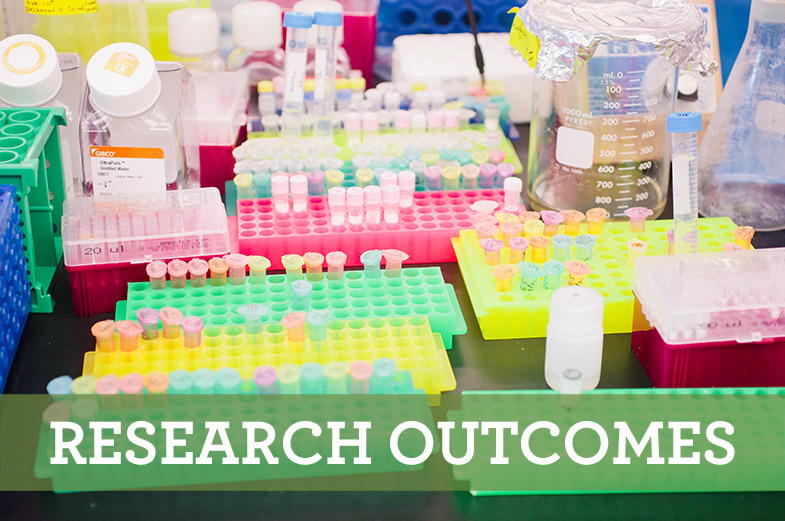
Protecting Kids’ Brains During Radiotherapy Treatment
Radiation therapy is commonly used to treat central nervous system (CNS) tumors in children and adults. While radiation therapy doesn’t usually harm the brains of adults, it can cause serious problems for kids. St. Baldrick’s funded researcher, Dr. Kristopher Sarosiek and colleagues discovered that the younger the patient, the more damage the radiation does to their brain. Additionally, they discovered that radiation triggers a process that leads to brain cells dying in kids but not adults. Digging further, they identified a specific protein called BAX that is responsible for this cell death. When they blocked BAX, it prevented brain cells from dying in models. This finding could lead to new ways to protect kids’ brains while undergoing radiation therapy.
This grant is named for the Making Headway Foundation whose mission for the past 20 years has been to provide care and comfort for children with brain and spinal cord tumors through a continuum of services and programs while also funding medical research for cures.
A Promising New Target for Ewing Sarcoma
Ewing sarcoma is an aggressive pediatric bone or soft tissue cancer. Unfortunately, current treatments are not very effective, especially when the cancer has spread or doesn’t respond to treatment. To discover better treatment options for kids with Ewing sarcoma, Dr. Poul Sorensen and colleagues are studying proteins on the surface of Ewing sarcoma cells.
They discovered a new protein not previously known to be associated with this cancer. This protein, called ENPP1, is found only in Ewing sarcoma and not in normal tissues. Because the protein is only in Ewing sarcoma cancer cells it makes for a promising target because therapies could potentially find this protein, leaving normal tissues alone. The researchers are hopeful this will open the door to new immunotherapy treatments for Ewing sarcoma.
This St. Baldrick’s Martha’s BEST Grant for All is funded through an anonymous $1 million donation aimed at developing new treatments for Ewing sarcoma, an aggressive bone and soft tissue cancer in children and young adults. This grant is named for a special teenager who passed away from Ewing sarcoma.
New CAR T-Cell Therapy Eliminates Rhabdomyosarcoma
Rhabdomyosarcoma is the most common soft tissue sarcoma affecting kids. A recent study from the St. Baldrick’s Foundation EPICC Team (Empowering Pediatric Immunotherapies for Childhood Cancer) showed that CAR T-cell therapy effectively eliminated the vast majority of rhabdomyosarcoma tumors in models in a matter of weeks.
CAR T-cell therapy is a type of immunotherapy that involves taking cancer-fighting immune cells, called T cells, from a patient and modifying them to target a specific protein found on the surface of cancer cells. The modified T cells are then injected back into the patient, with a boosted ability to fight cancer. Next steps will move this therapy into humans in a phase I clinical trial. “We have a great deal of work ahead, but the hope is that this therapy is going to work for people with this type of cancer that has been unresponsive to other treatments,” says lead investigator Dr. Javed Khan.
Chemotherapy for Retinoblastoma, A Feasibility Study
Retinoblastoma is the most common type of eye cancer in kids. Delivering chemotherapy directly into the eye as a treatment to save the eye in kids with advanced retinoblastoma is used more and more, based on internationally reported success mainly through retrospective studies. To study the feasibility of this treatment (how easily it can be provided) with St. Baldrick’s Support, the Children’ Oncology Group (COG) initiated a clinical trial at 9 institutions. Findings showed it is not feasible due to trouble accessing the appropriate location in the eye to deliver the medicine in some patients. These results do not mean the treatment is not effective, but suggest doctors use caution when considering this treatment to acknowledge the difficulty of delivering the chemotherapy, and invest in specialized training in order to make the treatment easier to administer. Feasibility studies are important to ensure the best treatments are available for kids with cancer.
Not every publication of research supported by St. Baldrick’s makes the news, but each one adds to the body of scientific knowledge that takes us one step closer to better outcomes for kids with cancer. Your continued support will make more research possible to Conquer Kids’ Cancer.
Donate now and help support research into better treatments for kids with cancer.
Read more on the St. Baldrick’s blog:
Research Outcomes: Unveiling Hope
Our St. Baldrick’s Foundation Research Outcomes blogs highlight examples of the progress your donations are supporting. This quarterly edition focuses on understanding how rhabdomyosarcoma grows, using immunotherapy to treat pediatric brain tumors and relapsed neuroblastoma, as well as research to understand the experiences of adolescents and young adults being treated for advanced pediatric cancer.
Thank you for making research – and hope — possible.

St. Baldrick’s Inspires One Family’s Path to Advocacy
I will never forget the evening of Sunday, December 14, 2014, when the ER doctor and the pediatric neurologist on call entered our triage room and told us that our sweet eight-year-old girl had a huge brain tumor and life-threatening obstructive hydrocephalus. That moment left an indelible mark on my heart. The fear, the heartache, helplessness, and especially the unyielding desire to eliminate our baby’s pain and suffering were soul-crushing.

“Supergirl Julia” today
Meet the RED Sparkle Octopus Crusaders & Their Inspiration
by David Gosser, team captain and dad
The RED Sparkle Octopus Crusaders (RSOC) Team honors four children – Nina, Tommy, Amaya, and Kristina – who met in 2005, while in treatment at the Children’s Hospital of the King’s Daughters (CHKD) in Norfolk, Virginia. They started shaving individually in 2005/06 and formed the original team in 2009; this version came together in 2014. Other families affected by childhood cancer and dozens of good friends have joined the team’s efforts over the years. Since inception, the RSOC have raised over $380,000 for the St. Baldrick’s Foundation. They remain fully committed to funding research to create cures, united by the hope that they are helping other kids and families find better outcomes. The team’s name is a combined tribute to the memories of the four Angels.
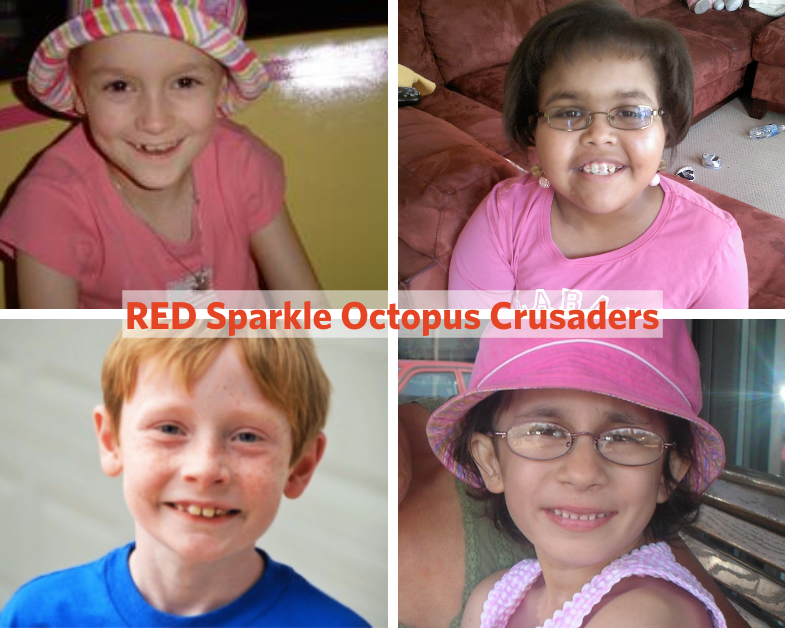
2022 Ambassador: Meet “Danica the Brave”
Once upon a time, in a faraway land called Alaska there was a sweet princess who loved to dance, sing, and giggle. She walked in a swirl of magic, was brave, kind, and full of joy; everyone who knew her adored her. A night for her may have been dark, but it certainly didn’t hide her shine. She battled a monster named ATRT and was known throughout the land as Danica the Brave. This is her story.
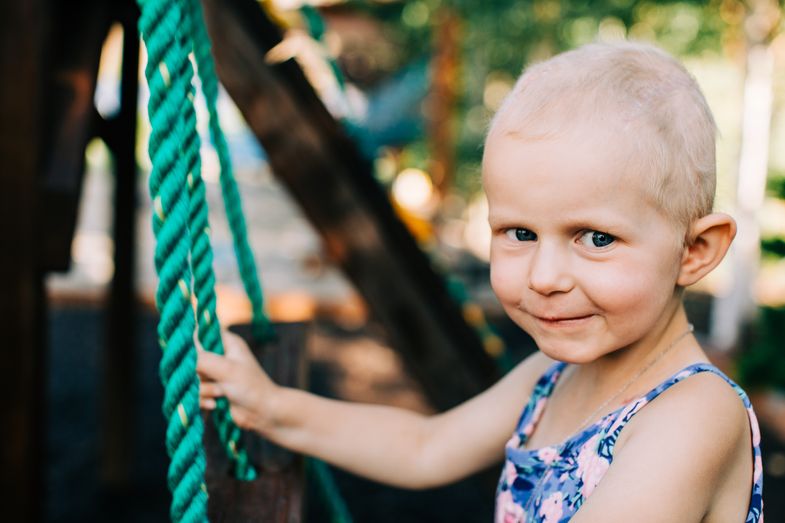
2022 Ambassador: Meet “Super Benji”
Research Outcomes: Advancing Research to Improve Treatment
Dramatic Progress for Medulloblastoma Patients
Want to know how St. Baldrick’s donors are the saving lives of kids with a common brain tumor? This isn’t just an example of progress – it’s the biggest increase in survival rates many researchers have ever seen from one clinical trial! And that trial was supported by St. Baldrick’s.
Being the Mom of a Hero Named Hannah
On Mother’s Day, we celebrate all moms, each special in her own way. Mothers of kids who have fought childhood cancer have traveled a journey no one would have chosen. May is also Brain Tumor Awareness Month. We asked Gaylene Meeson to share her story of being mom to a very special brain tumor survivor, Hannah.
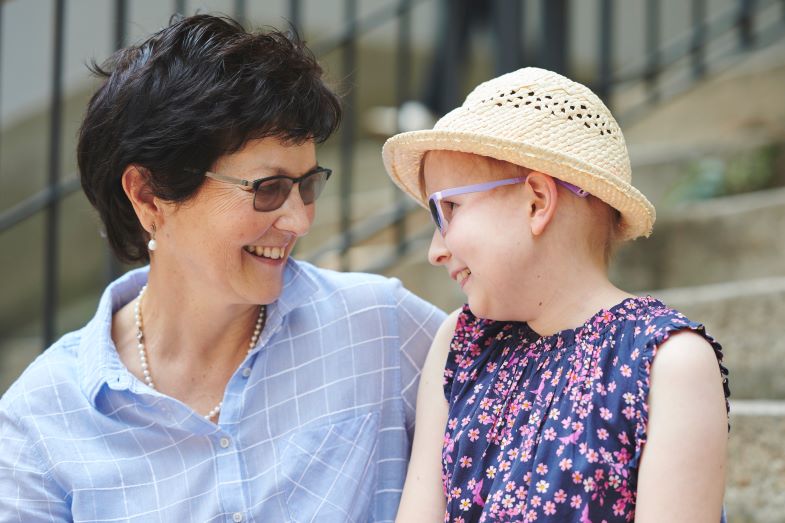 Gaylene Meeson and her daughter Hannah, survivor of an aggressive brain tumor called anaplastic meduloblastoma.
Gaylene Meeson and her daughter Hannah, survivor of an aggressive brain tumor called anaplastic meduloblastoma.Photo by [Kenneth Lim, kennethlimphotography.com].
Older Posts »

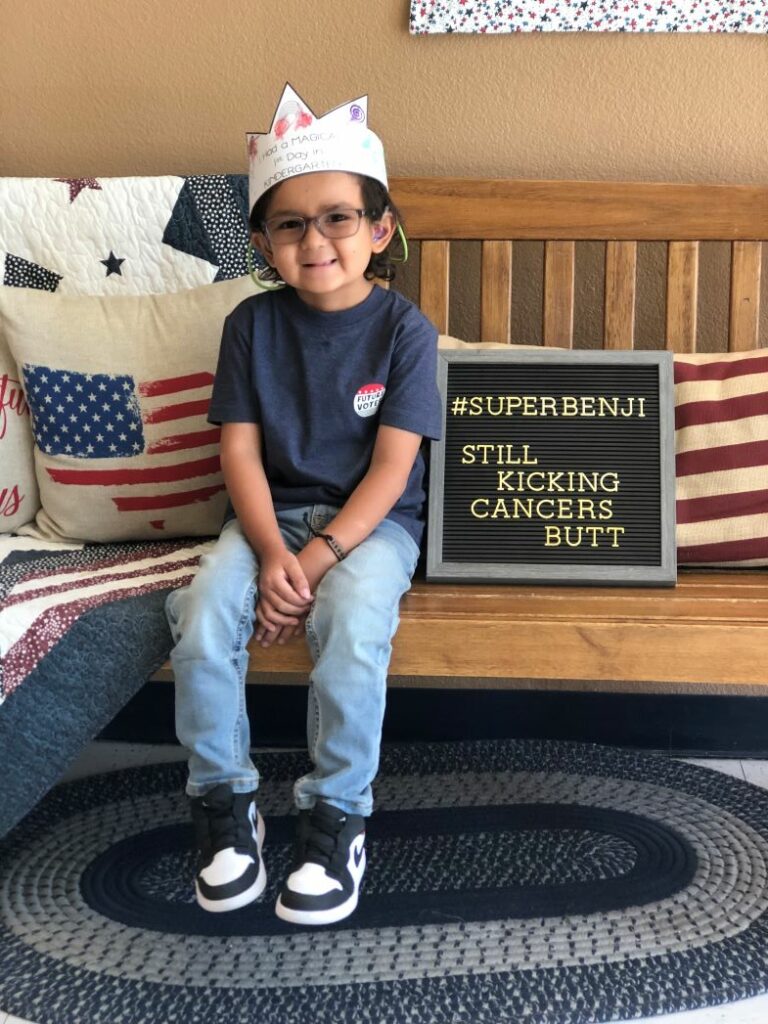

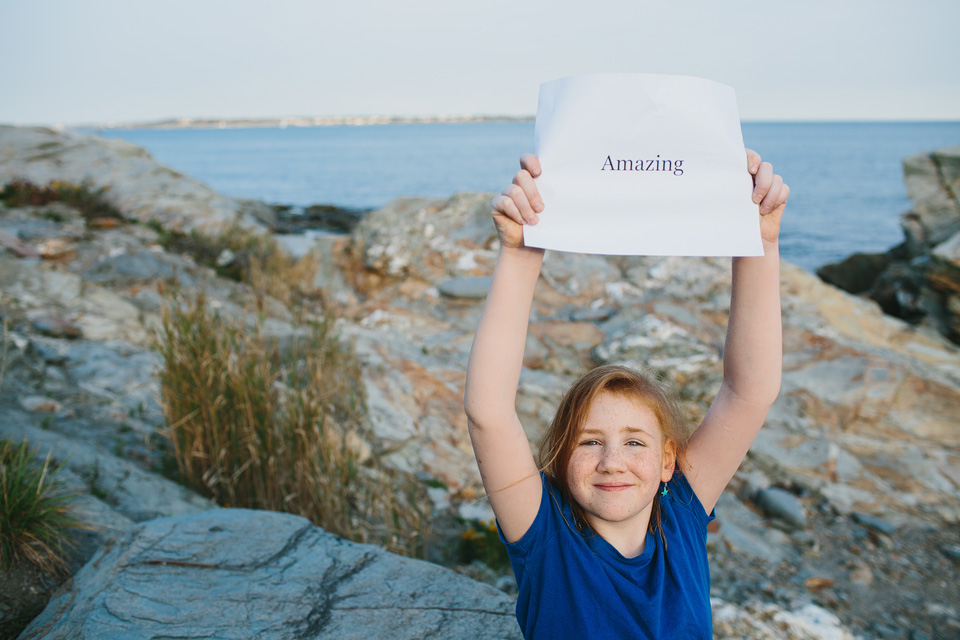
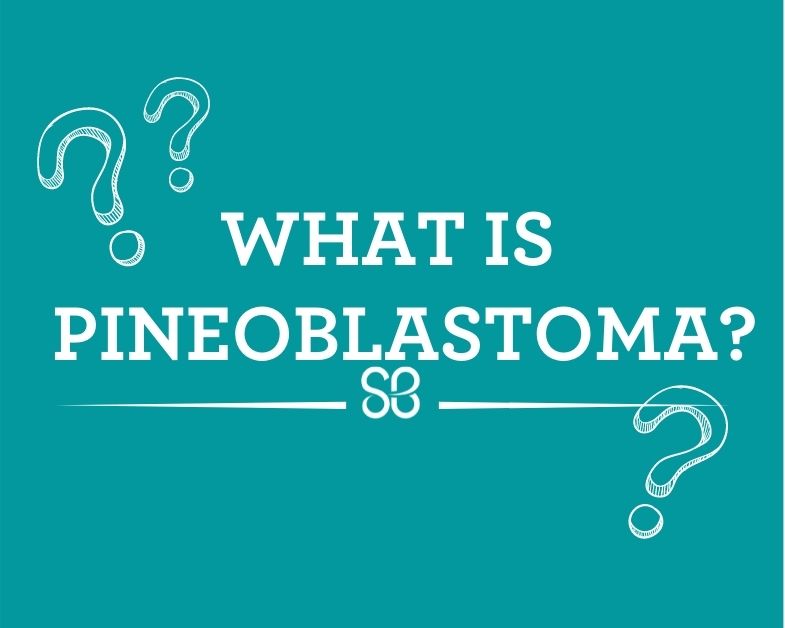
 SBF
Tweets »
SBF
Tweets »